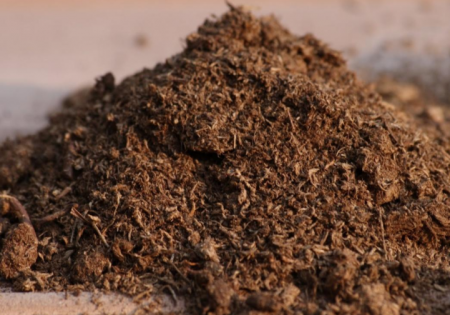
Peat, as a fertilizer, has become popular for a long time. Gardeners in different cultures began to use it on sites, since the benefits of organic fertilizer are undeniable. It becomes an indispensable friend of any gardener when it comes to providing crops with ideal conditions for development, as well as increasing yields.It can be used together with other organic materials for fertilizer. Often this use maximizes the effect of the product and gives more benefits of vegetation.
Content
Description and characteristics of peat as fertilizers
- It is the accumulation of partially decomposed vegetation or organic matter, which is unique to natural areas called peatlands or swamps.
- It consists of decomposed residues and colloidal mass.
- In its natural state, peat has a water content ranging from 80 to 90%.
- According to varying degrees of decomposition of plant residues and soft deposits, it accounts for more than 30% of the content of organic matter.
- Peat, to a lesser degree of decomposition, is light brown and sandy beige. While decomposed peat contains a lot of plant debris, it is dark brown, black and hard. This type of peat contains a lot of humic acid.
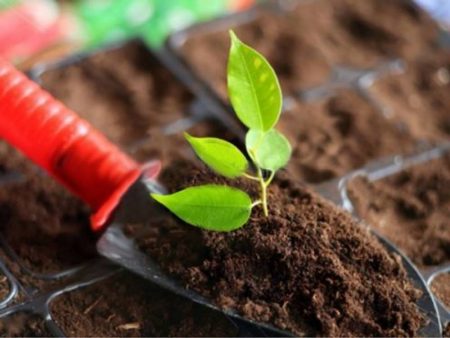
Organic matter in peat consists of:
- cellulose;
- hemicelluloses;
- lignin;
- humic acid;
- bituminous substances.
The content of humic acid is from 10 to 30%, up to 70%. Inorganic materials in peat are clay, quartz and other mineral impurities. Since it contains a lot of organic matter and has durability, good permeable performance, ability to hold fertilizers, light texture. Peat is used as a bioorganic fertilizer in growing flowers, especially in greenhouses and pots.
Application Rate
One square meter is processed on average 45 kg of peat. The advantage is that it gives more freedom to gardeners, who can independently determine when to apply fertilizer and adjust its amount. It is impossible to overdo it with fertilizer material.
Greenhouse use
Peat is famous for its ability to perfectly absorb moisture, which is especially important for greenhouses, which constantly maintain a high level of humidity in the air. The excess will be absorbed by peat. Using peat as an effective fertilizer in a greenhouse can minimize the number of pathogens in the soil. When crops are grown in enclosed spaces, it is pathogens that pose a danger to plants.
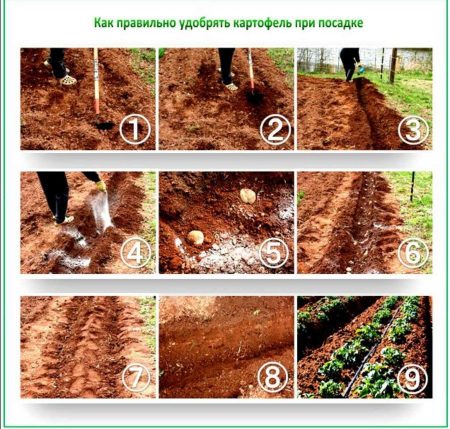
Peat compost
This is an affordable material for fertilizer, which is prepared using plants such as lupine, chrysanthemum, burdock and nettle, chamomile. They contain a large number of components important for plant development, which will be preserved during decomposition.
Why peat is useful
- Due to the high content of mineral materials, peat compost is suitable for changing the soil and stimulating plant growth, which increases the content of humus, nitrogen and other trace elements.
- Fertilizer, as one of the organic, contains biological materials.
- Thanks to processing, peat compost has a great impact on improving the soil condition.
- Widely used in agriculture. Due to the high content of humic acid and organic substances, it improves soil composition and promotes plant growth.
- Trace elements, such as Cu, Zn, B, Mn, are involved in the formation, growth and reproduction of plants. Therefore, it is reasonable to use such material for the production of bioorganic fertilizers. It contributes to the transformation of elements and better absorption of nutrients. The high content of humic materials in peat is beneficial for many crops.
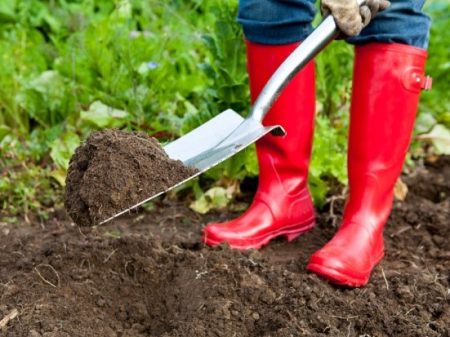
Peat extract
By electro-hydraulic processing get an extract. Liquid fertilizer is absorbed by the roots of the plant faster, so the use of extracts enriched with all additional useful compounds has become popular among many gardeners.
Peat Oxidate
A popular remedy used to increase the volume of the crop. Affects crop quality. The nutritional value of fruits that have benefited from peat oxide fertilizer increases significantly. This product is environmentally friendly and does not pose a threat to humans.
Advantages and disadvantages
- When applying peat bioorganic fertilizer, the soil has increased throughput and amortization.
- In addition, the tool retains water and reduces damage from external factors. The balance in the soil system provides excellent conditions for microorganisms.
- Peat contributes to the introduction of a large amount of organic matter into the soil. After interacting with air, soil and water, other organic substances are produced. Thus, the content of organic substances increases.
- Provides nutrients for a long time. It contains many trace elements, such as N, H, C, S, O, P, etc. These trace elements are necessary for plants. They can be absorbed by roots, leaves, and stems.
- Thus, fertilizer increases the presence of nutrients in the soil, nutrients in plants and reduces their loss.
- After applying a certain amount of peat fertilizer to the soil, you do not need to add other organic compounds for a long time.
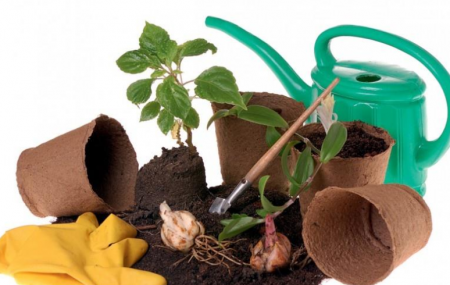
Peat application instruction
There are no strict rules for peat fertilizer application. The main thing is not to use the product in an amount below the average norm for application per square meter. Peat can be used at any time of the year and at different stages of plant development. They are used both in the garden, for various flowers and trees, and for agricultural green crops.
Peat as a fertilizer for potatoes
To answer the question, what is better than peat or humus is impossible. Each fertilizer has its own characteristics, but an increasing number of gardeners choose peat as a fertilizer for potatoes. The tool, although it may not give good results immediately, remains effective for several years. In addition, peat fertilizers with nitrogen content develop faster. They become high-quality, nutritious and attractive in appearance.
Reviews
Igor
I used peat to fertilize my site three years ago, I still see the effect of application.
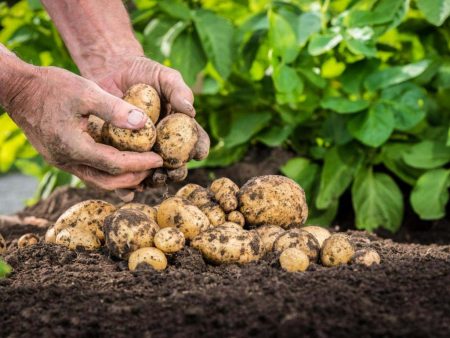
Kristina
I use peat compost regularly. I like how different cultures react to it. The result is always happy.
Pavel
This is a universal fertilizer that I have been using for several years. Helps to achieve good yields in many crops.
Novel
This irreplaceable fertilizer in the garden and in the garden, peat acts on various plants equally effectively.




 Description and description of varieties in Belarus with a photo
Description and description of varieties in Belarus with a photo Do I need to pick flowers from potatoes: why do they do it
Do I need to pick flowers from potatoes: why do they do it When to dig potatoes: timing and availability of new potatoes
When to dig potatoes: timing and availability of new potatoes How to grow a good potato crop: various methods and methods, planting and care
How to grow a good potato crop: various methods and methods, planting and care